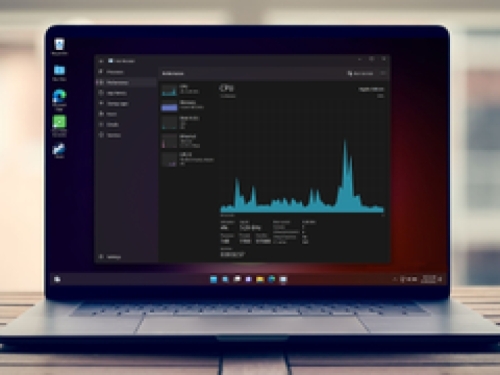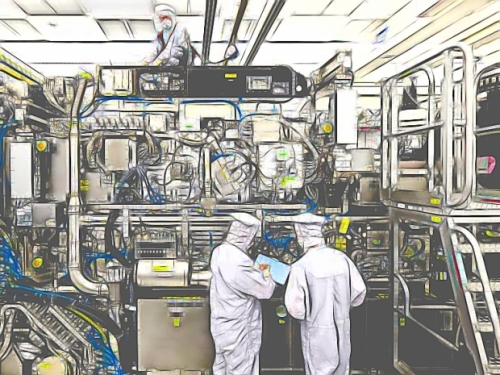.Sources told Bloomberg that the Shanghai-based SMIC used California-based Applied Materials and Lam Research machines to make an advanced 7-nanometer chip for Huawei in 2023.
It appears that China still can't make its parts and equipment for cutting-edge products like semiconductors and is desperate to become self-reliant in technology. Huawei's efforts to boost domestic chip design and making have received Beijing's support.
Applied Materials and the US Commerce Department’s Bureau of Industry and Security, which oversees stopping exports, refused to comment.
Praised in China as a big jump in home-made semiconductor making, last year’s SMIC-made chip powered Huawei’s Mate 60 Pro and a wave of loyal smartphone buyers in the Asian country. The chip is still way behind the top parts from global firms but ahead of where the US wanted to stop China’s progress.
However, the machines that made it still had foreign sources, including technology from Dutch maker ASML Holding NV and gear from Lam and Applied Materials. Bloomberg News reported in October that SMIC had used equipment from ASML for the chip breakthrough.
Leading Chinese chip equipment makers, including Advanced Micro-Fabrication Equipment and Naura Technology Group Co., have been trying to catch up with their American rivals. However, their products still need improvement. China’s top lithography system maker, Shanghai Micro Electronics Equipment Group, is still a few generations behind industry leader ASML.
Some sources said that SMIC got the American machines before the US banned such sales to China in October 2022. Both firms were among the American suppliers that pulled their staff from China after those rules came into force and stopped US engineers from fixing some machines in the Asian country.
ASML told American workers to stop working with Chinese customers in response to the US restrictions. However, Dutch and Japanese engineers can still fix many machines in China — much to the annoyance of their American competitors.
Companies are now banned from selling top-notch, US-made technology to SMIC or Shenzhen-based Huawei. Both tech firms have been blacklisted for alleged links to the Chinese military, although this is more likely a fear that the Chinese would overtake the US industry if given a chance.
After Huawei released the new phone, Washington launched a probe into its chip, and US Commerce Secretary Gina Raimondo promised to take the “strongest possible” actions to protect national security. Meanwhile, Republican MPs have called for the Biden government to completely cut off Huawei and SMIC’s access to US technology.
Department of Commerce officials have said they haven’t seen proof that SMIC can make the 7nm chips “at scale,” a point echoed by ASML’s Chief Executive Officer Peter Wennink.
Wennink told Bloomberg News that if SMIC wants to improve its technology without ASML’s state-of-the-art extreme ultraviolet lithography systems, the Chinese chipmaker will have technical problems making chips at a meaningful amount.
“The yield is going to kill you. You’re not going to get the number of chips you need to produce high-volume chips,” he said.
ASML has been unable to sell its EUV systems to China as the Dutch government has yet to give a licence allowing those exports.
The US, meanwhile, is strong-arming the Netherlands, Germany, South Korea, and Japan further to tighten limits on China’s access to semiconductor technology.
That effort is causing trouble and meeting resistance in some countries. It halts trade at a time when Chinese businesses are investing in equipment and computing power to compete in the artificial intelligence race.










